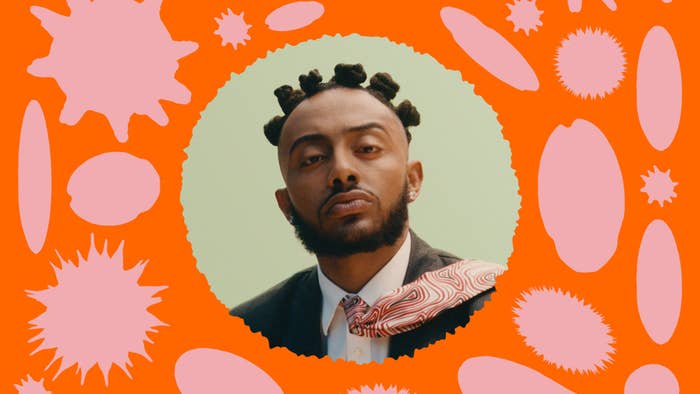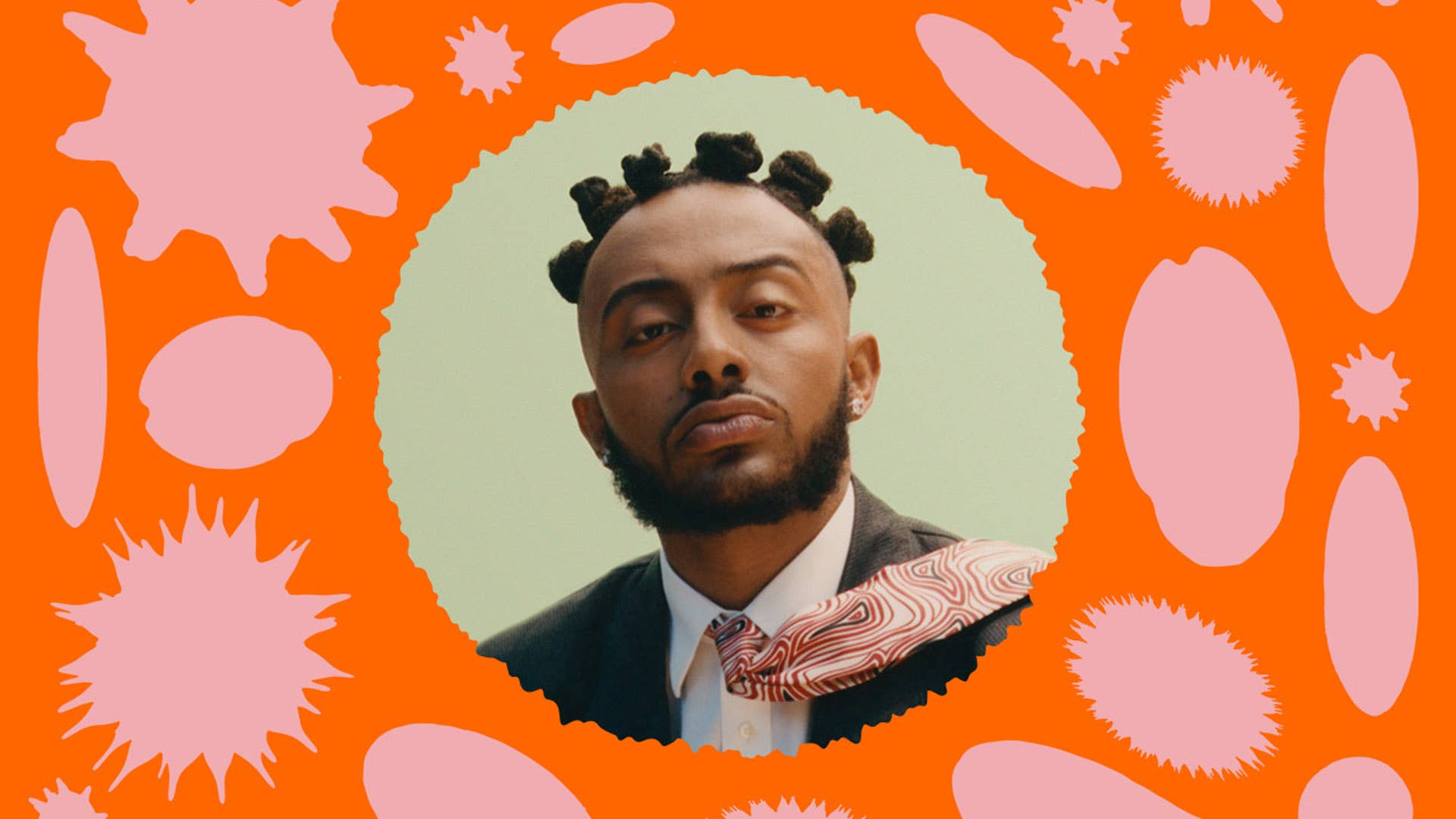
Playlist-making is an evolving art form.
For years, Spotify has been investing time and money into figuring out the best ways to make playlists, and the approaches have been varied. RapCaviar, which has become one of their most influential hip-hop playlists, highlights both emerging and established rappers. A monthly playlist called Butter incorporates soulful songs from artists like Terrace Martin and Jessie Ware. And Pollen, one of Spotify’s newer playlists, has found success by not following any specific rule or formula at all.
By now, we’ve all heard stories about songs blowing up after getting placed on the right playlist at the right time. But there is still a lot of mystery about how these big playlists actually work, how they impact music experiences, and who even comes up with concepts and aesthetics. As we enter a new decade, the art of playlist-making is changing, and new methods are becoming more effective. The music industry is moving at a fast pace, so to make a big impact, playlist-makers are incentivized to take risks and cross genre boundaries. Complex went behind the scenes of Pollen to get an inside look at the anatomy of a successful Spotify playlist in 2020 and see how the conversation around music curation is evolving.
In late 2017, Spotify was looking to expand its roster of playlists. The streaming platform had already found luck with successful playlists like RapCaviar and Today’s Top Hits, but they wanted to build something that was less fixated on a specific genre or topic. So John Stein and a team of editors, including Cecilia Azcarate, Felipe Rocha, Heather Brodie, Tony Lashley, JJ Italiano, started brainstorming.
“I thought about all of the brands and tastemakers that build something really influential and unique,” he remembers. “And it was like, how do we speak to the culture, maybe more as a lifestyle-focused aesthetic than just a genre playlist?”
The answer was to create a multi-genre playlist that featured the best new music from both popular and underground musicians who shared a similar artistic mentality. Although the playlist is intentionally broad in sound, it maintains fluidity by speaking to a community of artists and fans who are connected by shared lifestyle and cultural tendencies. After nearly a year of conversations, Pollen mysteriously appeared on Spotify in September 2018. The name, Pollen, was more ambiguous and symbolic than the names of genre-specific playlists like RapCaviar.
Venturing outside of genre boundaries is becoming more common by the day, but at the time of Pollen’s conception, it was a relatively new way to approach the making of a major Spotify editorial playlist. Stein recalls a time in which music consumption was based on what group you identified with, but he says he has seen a growing excitement for exploration between genres.
“When I was growing up, you were really defined by your music tastes. It’s like being a pop-punk kid or being a hip-hop fan. That was what you listened to. That was what you associated with,” he points out. “But now there’s a lot more openness and eagerness to find different things from different spaces. I think genre is a lot less important in that way.”
Stein looked to lineups at popular festivals like Tyler, the Creator’s Camp Flog Gnaw and the soundtrack of Donald Glover’s hit series Atlanta as proof that a genreless playlist would work. “On that show [Atlanta], they have Beach House in one scene and then Atlanta rap in the next scene. It’s all together in the same place, and it makes sense,” he explains. “At Camp Flog Gnaw 2018, it was Tyler playing next to dream pop bands like Men I Trust. So, it feels like this crossover is happening. Maybe the sound doesn’t cross over exactly, but there’s an audience that cares about having diverse taste.”
Making a playlist that doesn’t follow any particular rule does have its challenges. Stein’s main tool for finding music is through submissions. The team often receives upwards of 20,000 submissions a week from artists looking to get placements on Pollen. Stein admits this can be a grueling, but rewarding process. “It’s overwhelming, but also pretty incredible,” he says. “I’m constantly going through there, and I’m trying to filter in various ways, listening to new music, seeing what’s coming out.”
Once he’s received the submissions, Stein filters through the tracks. “We can sort by what genre the artist tagged on their release. So, I might have a house and dance filter that I have set up, and I’ll look through that and see if there are names I recognize. Or if I see something that looks interesting, I’ll listen through that,” Stein explains. “We can also sort by what country the release is coming from, or how big the monthly active listeners are for a certain artist. We do our best to filter it so that we’re getting all the biggest releases, and then listening through as many as we can of the more underground, newer stuff.”
Stein also turns to social media feeds and music blogs to discover fresh talent. “If someone sends me something, and then I also see it being talked about on Twitter, I’m like, ‘Okay, something’s happening. I'll pay attention,’” Stein says. “I think it’s also about just trying to stay open-minded, and finding things from any different corner of the internet.”
A playlist like Pollen covers a lot of ground. It currently features J. Cole’s latest track “The Climb Back,” James Blake’s “Are You Even Real,” Westside Gunn’s “327,” Tame Impala’s “Is It True,” and more. Spotify reports that 280 total subgenres have appeared on the playlist so far. There is no clear-cut requirement for artists to be selected for Pollen, but Stein says there are some “common threads.”
“There’s some artists here like Tyler [the Creator], Tame Impala, and Kanye that in some way touch a lot of these artists, even in terms of production,” Stein says, noting that many of the chosen artists carry a similar aesthetic or have in some ways been influenced by musicians like Tyler. “I think Tyler has a strong aesthetic overall. That’s definitely a common thread where every artist on the playlist feels like they spend a lot of time thinking about the cover art or their merch and how to present themselves on social media.”
Stein’s core goal with playlists like Pollen is to introduce listeners to new artists, and he has a successful track record of breaking new talent. Bilingual singer-songwriter Omar Apollo is one of those early success stories. “Erase” was Apollo’s first song added to the playlist in 2018, and its streams increased by over 55 percent within just one month of the placement. Since then, other tracks like “Ugotme” have also found their way to Pollen.
“It's been amazing to see him grow and start to work with bigger and bigger artists,” Stein says of Apollo. “It’s only been little under two years since the playlist has been out, but I’m expecting big things from him for sure.”
Omar Apollo tells Complex, “Pollen is the reason I started using Spotify. It was the first time a playlist actually had a majority of the things I listened to. There were even some memes that my fans made about the video Pollen put out about my studio."
Apollo isn’t the only artist to see an influx in streams after a song of theirs is added to Pollen.
When R&B artist Orion Sun’s “Antidote” was added to Pollen in 2018, its streams increased by over 56 percent the following month. Chicago rapper Joey Purp also saw a 62 percent spike in streams for his single “Elastic” when it was added to the playlist in 2019.
“Being featured on playlists like Pollen helped me on numerous levels,” Purp tells Complex. “But primarily, just getting that bit of validation or that bit of recognition from people who I consider to be ‘music people.’ We’re talking about artists; we’re talking about musicians; we’re talking about journalists, DJs, curators. We don’t do it by ourselves. Getting recognition from other music people, that’s really what I do it for. Just that feeling that we made something that’s tight and fresh, and somebody else shares that perspective.”
While Purp was happy to see the spike in streams, he says the biggest reward has come from seeing how fans have come together to support all of the artists on the playlist. “It creates a communal, organizational aspect of music that you might not have had before,” he points out. “It’s almost like the 2020 version of a mixtape.”
Other success stories include Hope Tala’s “Lovestained,” which was her first song to be added to Pollen in 2019. By the next month, her streams had increased by over 300%. A Spotify representative also tells Complex that Pollen is one of the biggest drivers of streams for Aminé’s new single with Young Thug, “Compensating,” averaging 500 daily saves from the playlist. Proving to be ahead of the curve, Pollen earned the distinction of being the first English language editorial Spotify playlist in the U.S. to feature Rosalía.
Engagement rates on the playlist are also climbing. Spotify reports that 39,000 discoveries happen on Pollen each day. (A discovery is defined by Spotify as a fan finding a song or artist on the playlist for the first time and continuing to listen, as opposed to just playing it once.)
Nearly two years after its inception, Pollen has attracted 1.3 million followers on Spotify. It garnered 7.6 million streams in June 2020 alone, up from 6.9 million in June 2019. It has also built a loyal following of fans who have conversations on Twitter about new songs that are added to the playlist. Pollen’s save rate is in the top five of all Spotify editorial playlists and its followers have tripled in the past year.
More genre-less playlists continue to pop up every day, but Stein suggests Pollen set the groundwork. “I wasn’t seeing playlists that were explicitly and intentionally genre-less and broad, speaking more to a cultural identity than a certain genre, mood, or moment,” he says. “Now, I’m seeing a lot of these playlists popping up all around the world, not just alternative.”
Stein says he could see there being 50 more Pollen-adjacent playlists down the road. But for now, Spotify is exploring more ways to connect Pollen with artists and listeners. As for what the future holds, Stein says, “The idea for Pollen is it’s not tied to a certain genre, so it can change and evolve over time as the music changes and evolves.”

